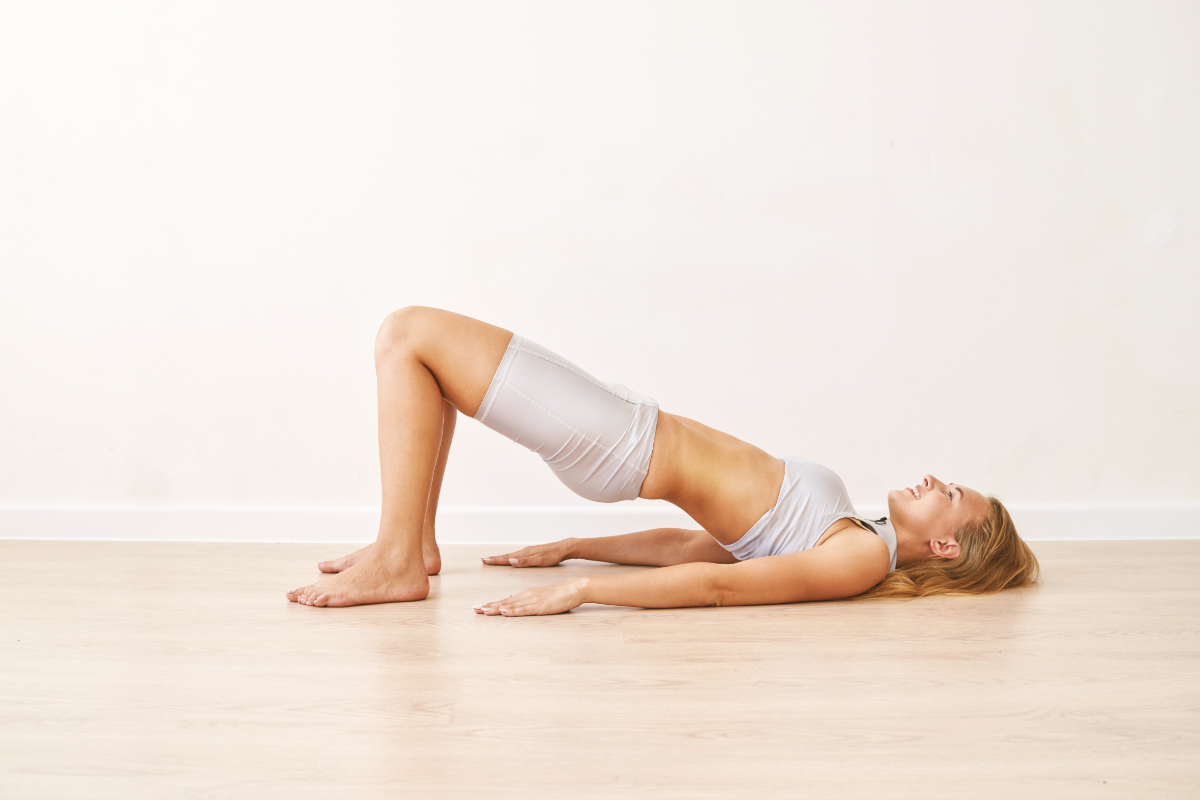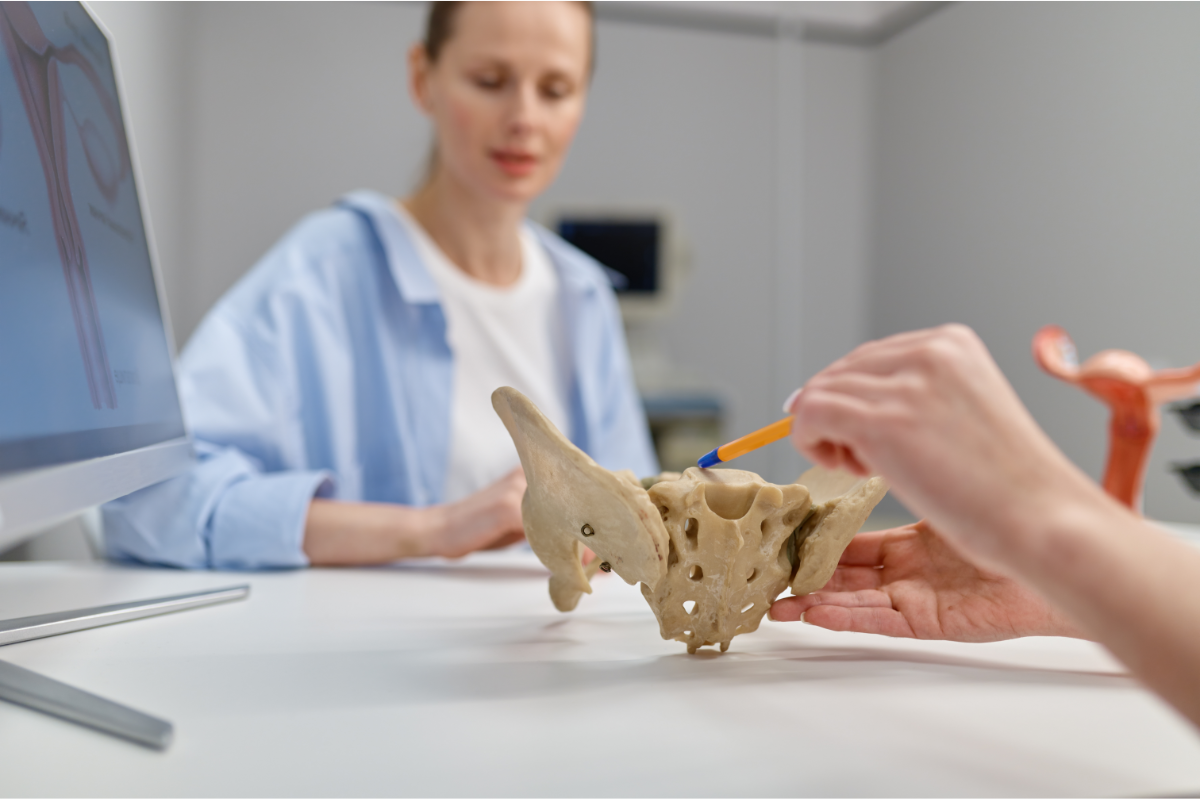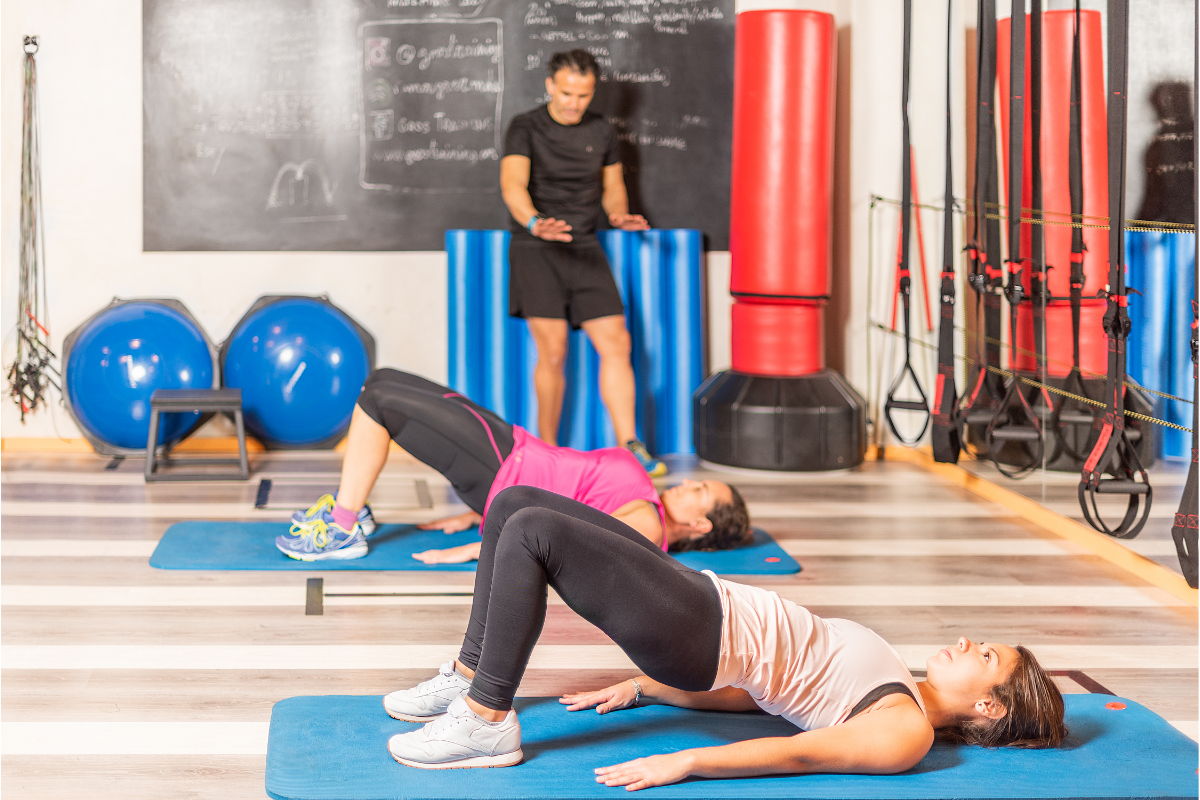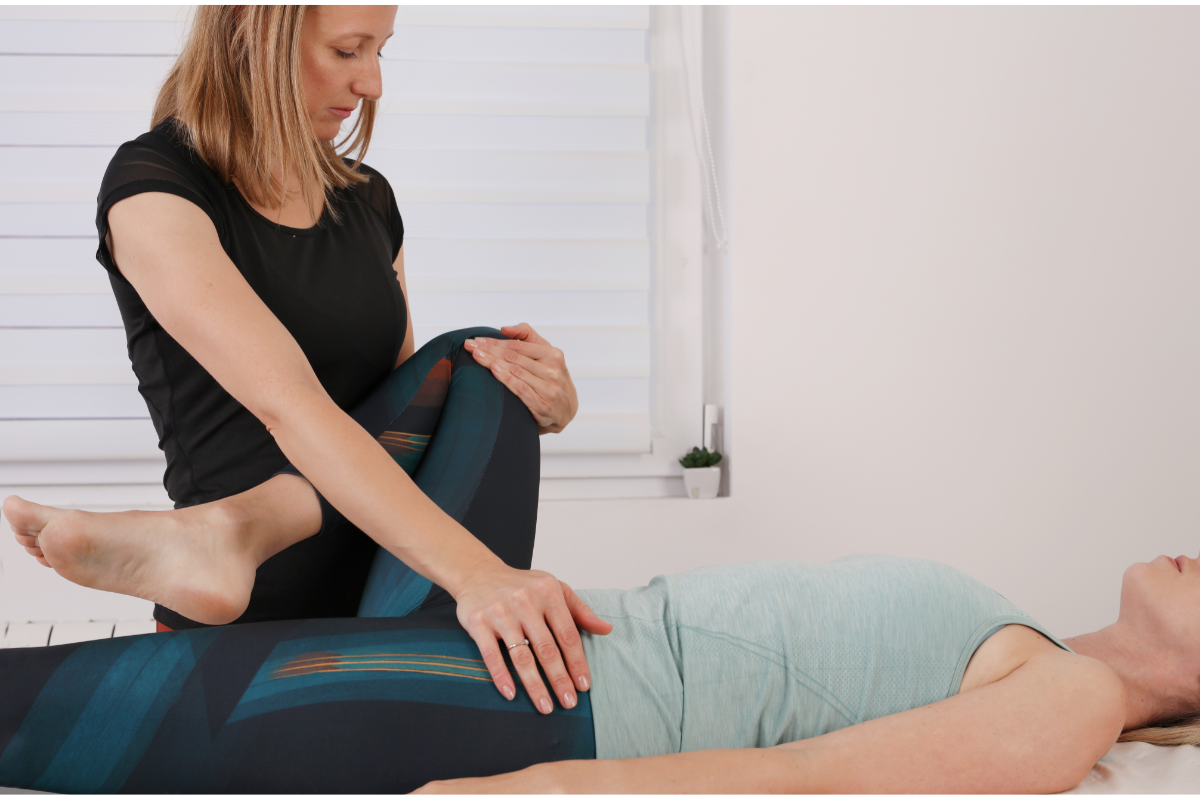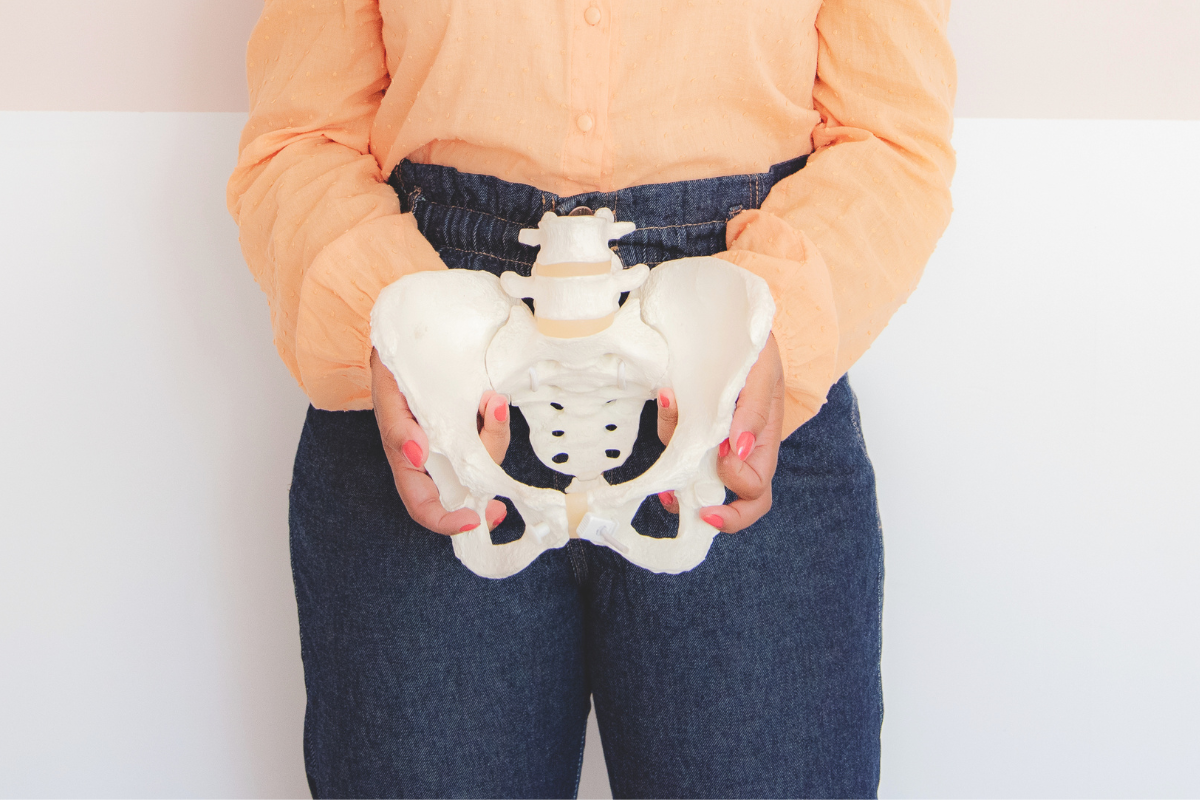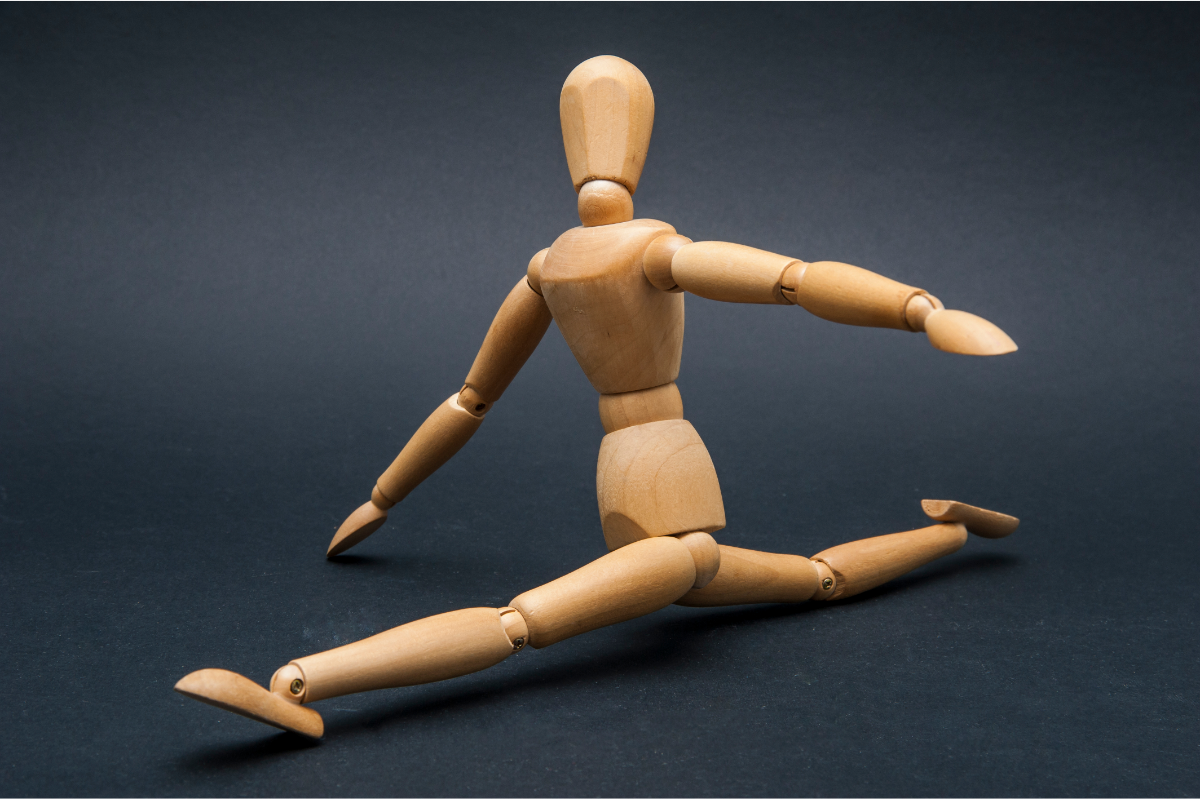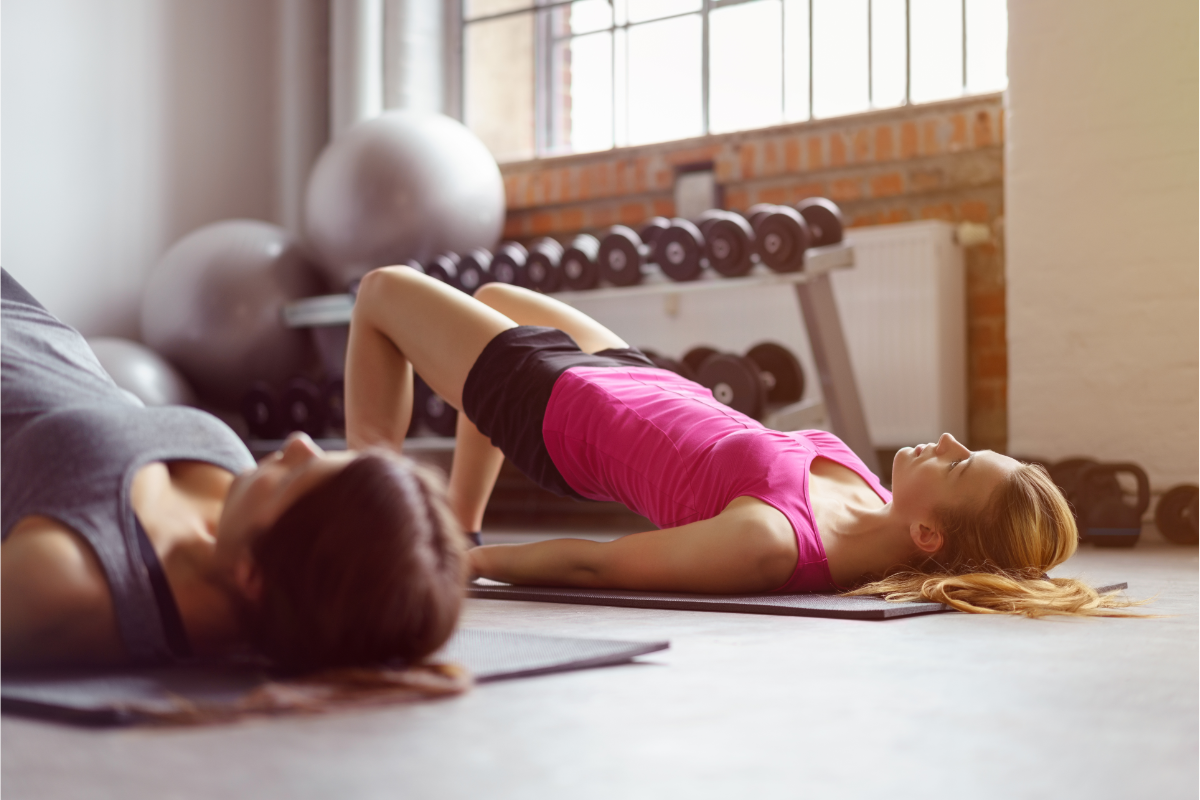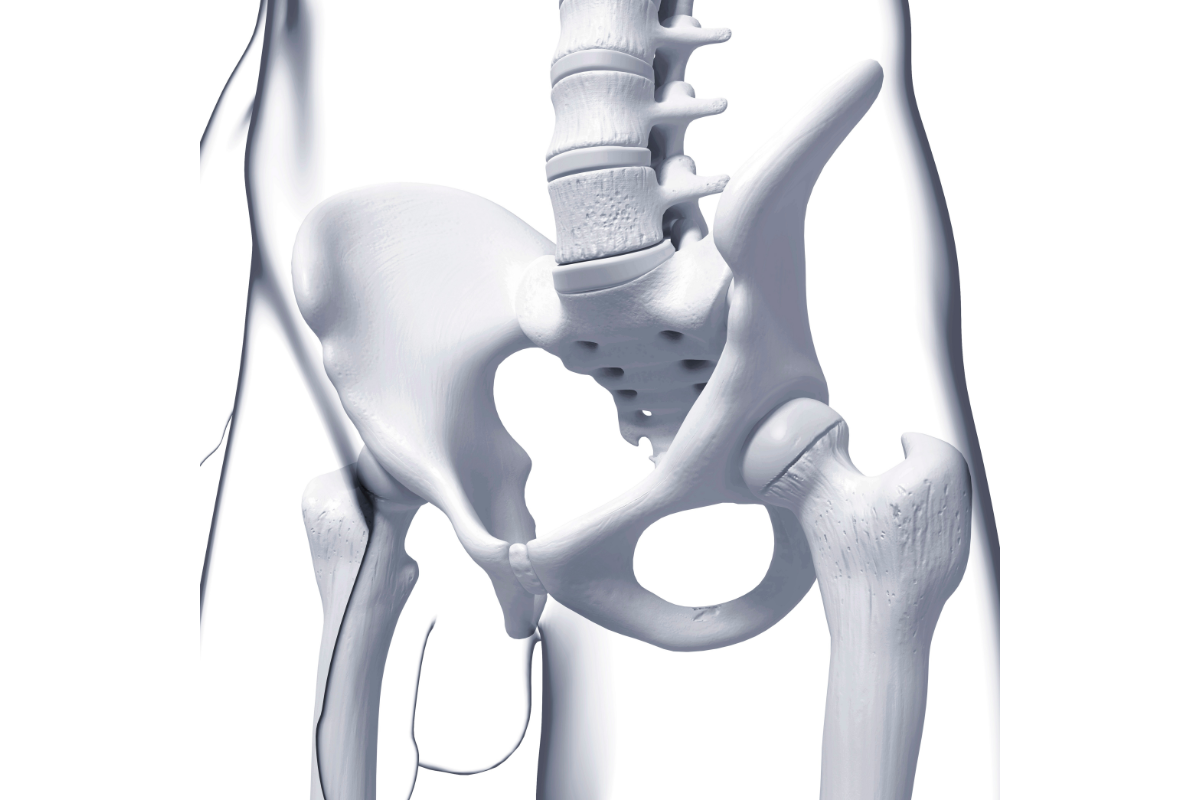How to Do Pelvic Floor Exercises with Simple Equipment
The pelvic floor is a group of muscles that form a supportive hammock at the base of the pelvis, playing a crucial role in various bodily functions. These muscles support the bladder, intestines, and uterus, and are integral to maintaining continence and sexual health. Despite their importance, many people remain unaware of the significance of pelvic floor exercises and the impact they can have on overall well-being.
Understanding the Importance of Pelvic Floor Exercises
Pelvic floor exercises, commonly known as Kegel exercises, strengthen these essential muscles. By engaging and training the pelvic floor, individuals can improve bladder and bowel control, enhance sexual satisfaction, and reduce the risk of pelvic organ prolapse. For women, these exercises are particularly vital during pregnancy and postpartum recovery, while men can benefit as well, especially in managing issues related to prostate health and incontinence.
Incorporating regular pelvic floor workouts into your routine can lead to a healthier lifestyle, with benefits extending beyond physical health. Improved pelvic floor strength can also contribute to better posture, reduced back pain, and enhanced core stability, providing a solid foundation for overall fitness.
Common Misconceptions About Pelvic Floor Health
Despite the known benefits, several misconceptions about pelvic floor exercises persist. One common myth is that these exercises are only relevant for women, particularly those who have given birth. In reality, men also have pelvic floors and can experience related issues, such as incontinence or decreased sexual function.
Another misconception is that pelvic floor exercises are solely for older adults. However, individuals of all ages can experience pelvic floor dysfunction, making it essential to promote awareness and understanding early on. Additionally, many believe that these exercises are complicated or require special equipment, which can discourage participation. In truth, pelvic floor exercises can be performed with simple tools or even just body weight, making them accessible to anyone, anywhere.
This article aims to demystify pelvic floor exercises, providing valuable insights and practical guidance on how to effectively incorporate them into your fitness routine using simple equipment. By empowering readers with knowledge and strategies, we hope to promote healthier lifestyles and enhanced well-being.
What Are Pelvic Floor Exercises?
Pelvic floor exercises refer to a variety of techniques designed to strengthen the muscles that support the pelvic organs. The most well-known of these exercises are Kegel exercises, named after Dr. Arnold Kegel, who developed them in the 1940s to help women regain bladder control after childbirth. These exercises involve contracting and relaxing the pelvic floor muscles, which can be done discreetly at any time or place.
In addition to Kegels, other exercises may target the pelvic floor muscles, including bridge lifts, squats, and specific movements using equipment like resistance bands or stability balls. The goal of these exercises is to improve muscle tone and strength, enhancing overall pelvic floor function.
Benefits of Strengthening the Pelvic Floor
The advantages of strengthening the pelvic floor are numerous and impactful:
- Improved Bladder Control: Strengthening these muscles can help reduce urinary incontinence, a common issue for many, especially postpartum women and older adults.
- Enhanced Sexual Function: A stronger pelvic floor can lead to increased sensitivity and improved sexual experiences for both men and women.
- Reduced Risk of Pelvic Organ Prolapse: For women, strengthening the pelvic floor can help prevent or mitigate the risk of prolapse, where pelvic organs slip into the vaginal canal due to weakened muscles.
- Better Core Stability: The pelvic floor is part of the core muscle group, so improving its strength can lead to better stability and posture, potentially reducing back pain.
- Support During Pregnancy and Postpartum Recovery: For expectant mothers, pelvic floor exercises can prepare the body for childbirth and support recovery post-delivery.
Simple Equipment You Can Use at Home
Using simple equipment can enhance the effectiveness of pelvic floor exercises. Here are some options:
- Resistance Bands: These elastic bands can add resistance to pelvic floor exercises, increasing their intensity. They are lightweight, portable, and perfect for home workouts. You can loop a resistance band around your thighs during Kegel exercises or other movements to create additional resistance.
- Stability Balls: A stability ball can be used to engage the core and pelvic floor simultaneously. Sitting on a stability ball encourages proper posture and alignment, allowing for effective engagement of the pelvic muscles during exercises like pelvic tilts or bridge lifts.
- Weights: Light weights can be incorporated into pelvic floor exercises to increase resistance and challenge your muscles further. Holding weights while performing squats or other movements can provide a full-body workout while focusing on pelvic floor engagement.
- Exercise Mats: A comfortable mat is essential for floor exercises. It provides cushioning and support during movements like bridges or lying leg lifts, allowing you to focus on form and technique.
Step-by-Step Guide to Performing Pelvic Floor Exercises
Basic Kegel Exercises
- Identify the Right Muscles: To find your pelvic floor muscles, try stopping urination midstream. The muscles you use are your pelvic floor muscles.
- Get Comfortable: You can perform Kegels lying down, sitting, or standing. Choose a position that feels most comfortable.
- Contract: Tighten your pelvic floor muscles for 3 to 5 seconds. Imagine you are trying to lift the pelvic muscles upward.
- Relax: Release the contraction and rest for the same amount of time.
- Repeat: Aim for 10 to 15 repetitions in a session, working up to three sets a day.
Incorporating Equipment for Enhanced Results
- With Resistance Bands: Wrap a resistance band around your thighs and perform Kegel exercises while keeping tension on the band. This adds an extra challenge.
- With Stability Balls: Sit on a stability ball, engage your core, and perform pelvic tilts. You can also do Kegels while maintaining balance on the ball.
- With Weights: While doing squats or bridges, hold light weights in your hands to engage your upper body and core while focusing on your pelvic floor.
Creating a Routine: Frequency and Duration of Exercises
For optimal results, aim to perform pelvic floor exercises at least three times a week. As you grow stronger, gradually increase the frequency to daily sessions. Each session should last about 15 to 20 minutes, incorporating various exercises and equipment to keep your routine engaging and effective.
Tips for Correct Form and Technique
- Breathe: Avoid holding your breath while exercising. Maintain a natural breathing rhythm.
- Avoid Overexertion: If you feel pain or discomfort, reduce the intensity or number of repetitions.
- Focus on Quality, Not Quantity: It’s better to do fewer reps with proper form than to rush through many repetitions incorrectly.
- Be Mindful: Pay attention to how your body feels during each exercise. This mindfulness can help you connect with the muscles being worked.
Signs of Improvement and When to Seek Help
You may notice improvements such as increased bladder control, enhanced sexual satisfaction, and improved muscle tone in the pelvic area. However, if you experience persistent discomfort, pain, or any worsening symptoms, it’s essential to consult a healthcare professional. They can provide personalized advice and treatment options tailored to your needs.
Additional Lifestyle Changes to Support Pelvic Health
- Maintain a Healthy Weight: Excess weight can put additional pressure on the pelvic floor, so maintaining a healthy weight through diet and exercise is beneficial.
- Stay Hydrated: Proper hydration supports overall health and can help prevent urinary tract infections, which can affect pelvic floor function.
- Practice Good Posture: Maintaining good posture helps engage the pelvic floor muscles effectively and reduces strain.
- Avoid Straining During Bowel Movements: Straining can weaken pelvic floor muscles, so ensure a healthy diet rich in fiber to promote regular bowel habits.
Incorporating pelvic floor exercises into your routine can lead to significant improvements in your pelvic health and overall well-being. By utilizing simple equipment and following the guidelines provided, you can strengthen these essential muscles and enjoy a more active, fulfilling life.
In conclusion, pelvic floor exercises are a vital component of overall health and well-being. They play a crucial role in strengthening the muscles that support the pelvic organs, thereby enhancing bladder and bowel control, improving sexual function, and reducing the risk of pelvic organ prolapse. Despite their significance, many individuals remain unaware of the benefits these exercises can offer, often overlooking them in their fitness routines.
By incorporating pelvic floor exercises into your daily practice, you can experience numerous benefits, from improved core stability and posture to enhanced confidence in your body’s functionality. Simple equipment, such as resistance bands, stability balls, and weights, can further amplify the effectiveness of these exercises, making it easier to maintain motivation and progress.
As you embark on this journey toward pelvic health, it’s essential to remember that consistency is key. Start with manageable routines, focusing on proper form and technique, and gradually increase the intensity as your strength improves. Celebrate your progress along the way, recognizing the positive impact these exercises can have on your life.
Now is the perfect time to prioritize your pelvic health. Whether you’re a new mother, an older adult, or anyone seeking to enhance their quality of life, pelvic floor exercises can make a significant difference. By committing to a regular practice, you empower yourself to take control of your health, ensuring a more comfortable and fulfilling life. So, gather your equipment, set aside a few minutes each day, and start your journey toward stronger pelvic floor muscles and overall well-being.

I’m Hillary Swan, a certified fitness trainer specializing in women’s health and pelvic floor strength. I’m passionate about empowering others to improve their core wellness through targeted exercises. Let’s strengthen our bodies together for a healthier, more confident life.

